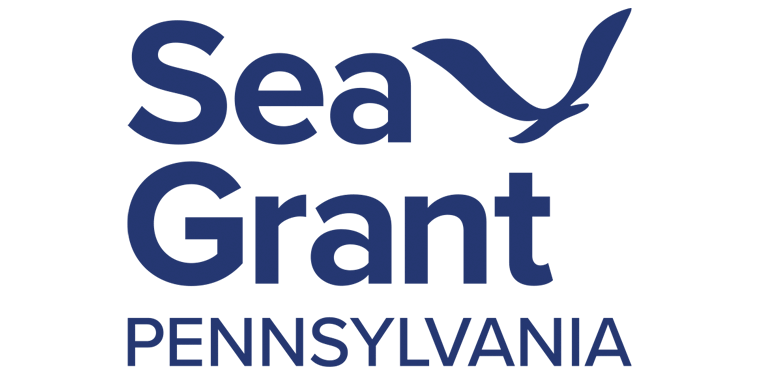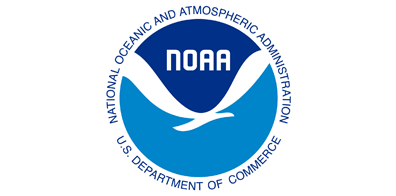All Topics & Projects
Prevention and Management of Invasive Species
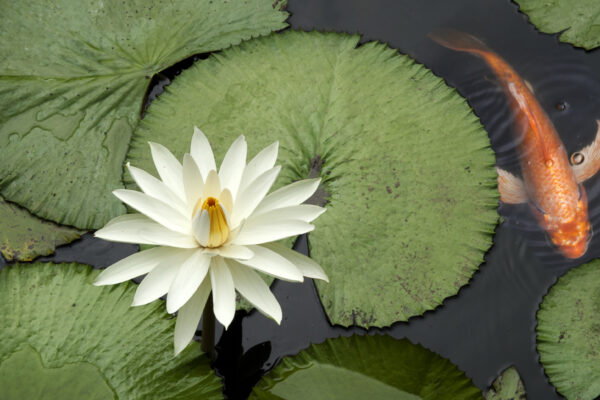
Prevention and Management of Aquatic and Terrestrial Invasive Species
Pennsylvania’s aquatic habitats play a critical role in the Lake Erie, Delaware, and Susquehanna watersheds. We share ecological and economic challenges, like the proliferation of invasive species, with neighboring states and provinces; Thus, understanding the interconnectedness of these ecosystems and watersheds is essential. Pennsylvania Sea Grant coordinates initiatives and develops programming, trainings, and resources to address aquatic invasive species through every step in the invasion pathway: prevention, early detection, rapid response, and control and management. We also lead efforts to identify and manage invasive plant species within the Lake Erie watershed.
Conserving Land for Public Access
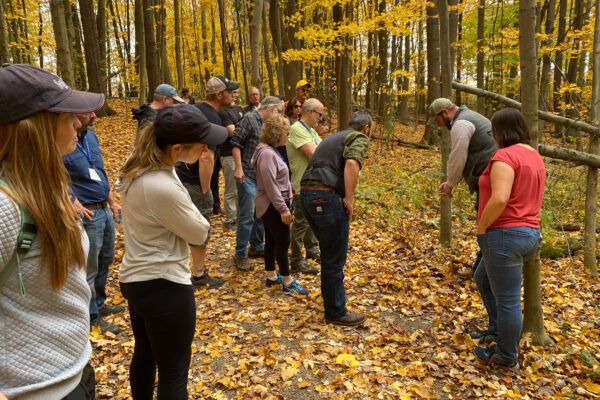
Land Conservation and Public Access Improvement
Pennsylvania Sea Grant works collaboratively with private landowners, state agencies, and environmental organizations in the Lake Erie watershed to conserve ecologically sensitive lands, conserve riparian buffers, and provide dedicated angler access to Lake Erie’s popular fishing tributaries. We also facilitate open space efforts that protect critical habitat, while also providing opportunities for passive, nature-based recreation such as walking and birding.
Coastal and Community Resiliency

Resilient Communities, Economies, and Coastlines
Communities across Pennsylvania are experiencing the challenges of a changing climate, extreme weather events, and shrinking natural resources. Pennsylvania Sea Grant works to improve resiliency by connecting partners, decision-makers, and communities to each other, and to the timely and relevant resources that can lead to informed policy decisions, supported economies, and healthy, resilient communities.
Water Quality & Watersheds
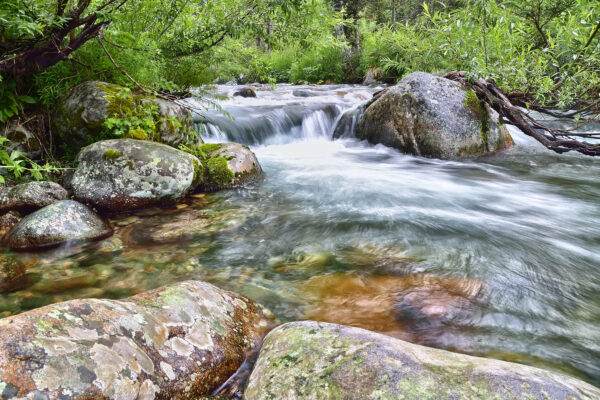
Working together with external partners, our watershed and water quality activities take place in the Lake Erie watershed, and in the Susquehanna and Delaware River Basins. All projects seek to increase public understanding and knowledge of watershed issues and to maintain healthy coastal ecosystems. Activities include identifying and improving upon water quality and quantity issues; planning and implementing priority stream restoration and green stormwater infrastructure projects; and implementing other water-related best management practices that provide numerous and long-lasting benefits for people and the environment.
